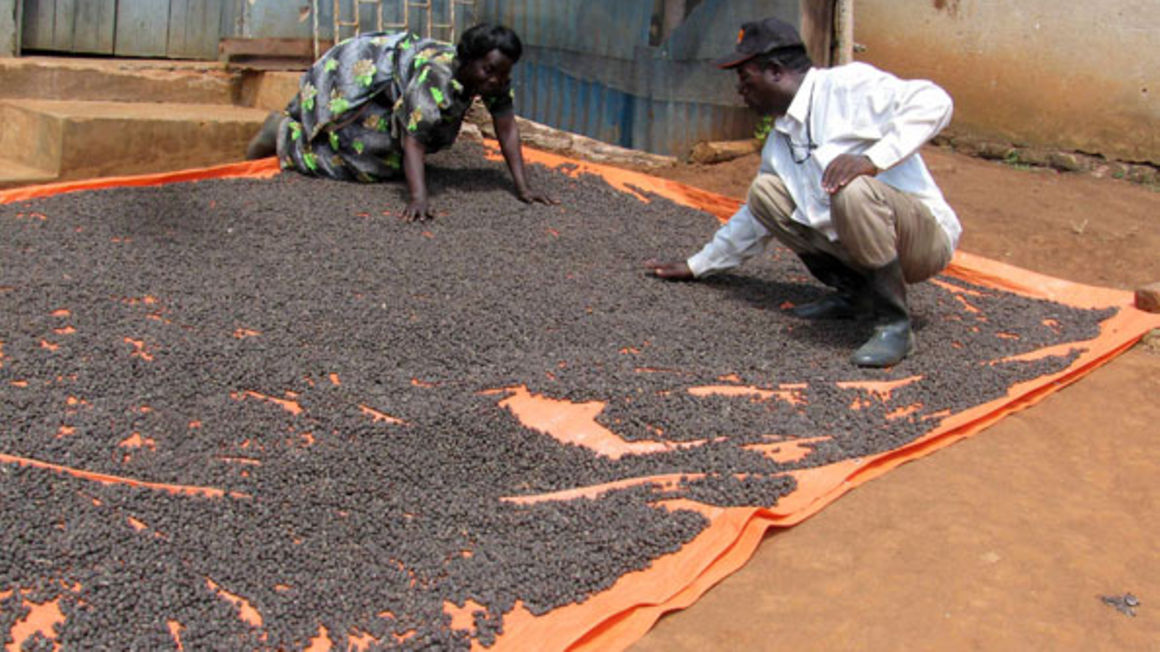Govt should address post-harvest handling

Farmers in Masaka spreading out coffee beans to dry. There are several stages after harvesting where most losses are registered.
What you need to know:
The issue:
Food quality.
Our view:
The issue of Uganda’s post-harvest handling has to be addressed from the bottom up. As government pushes for more market for local produce, it should at the same time push for improved quality of produce.
The minister for Relief, Disaster Preparedness and Refugees, Mr Hilary Onek, this week warned the United Nations that it must buy food from Ugandan farmers to feed refugees, or relocate them elsewhere.
This was after the United Nations resident coordinator, Ms Rosa Malango, said they cannot purchase food locally because of poor quality of Uganda’s foodstuffs. Uganda is host to more than 1.4 million refugees.
Government has a right to protect its farmers and guarantee that they have a market for their produce because agriculture is the backbone of Uganda’s economy and employs about 70 per cent of the population. Today, Ugandan produce is served on tables across the region, and government has moved in to promote value addition by enticing investors to set up agro-industries.
Despite these achievements, not all seems to be fine. The Kenyan government early last month banned the importation of maize from Uganda, citing high aflatoxins. Aflatoxins, according to experts, can occur in foods such as groundnuts, maize, rice and other dried foods as a result of fungal contamination before and after harvest. Large doses of aflatoxins can be life-threatening.
Whereas Mr Onek is right to be nationalistic and demand that local farmers benefit from the billions of shillings the UN spends on buying food for refugees, the minister is wrong to assume that since there are no people dropping dead on the streets, that Ugandans are, therefore, consuming quality food.
From the ongoing conversations, it seems government officials are more concerned about creating more market for the farmers’ produce, and little attention is being paid to bettering the quality of food by improving post-harvest handling.
Poor post-harvest handling leads to loss of quality and quantity of produce. This then limits the markets Ugandan goods would have accessed, resulting in the loss of revenue and income for the people down the chain.
According to a 2019 report by the Food and Agriculture Organization, annual post-harvest loss stands at 17.6 per cent for about 2.8 million metric tonnes (MT), 12.4 per cent of about 214,000MT and 13.5 per cent of 230,000MT of maize, millet and rice produced in the country respectively.
The issue of Uganda’s post-harvest handling has to be addressed from the bottom up. As government pushes for more market for local produce, it should at the same time push for improved quality of produce.
Our farmers must be educated on post-harvest management. They need to be equipped with the necessary skills and tools so that the likes of Kenya and the UN do not question the quality of Ugandan produce, but rather go for it as a commodity of first choice.



